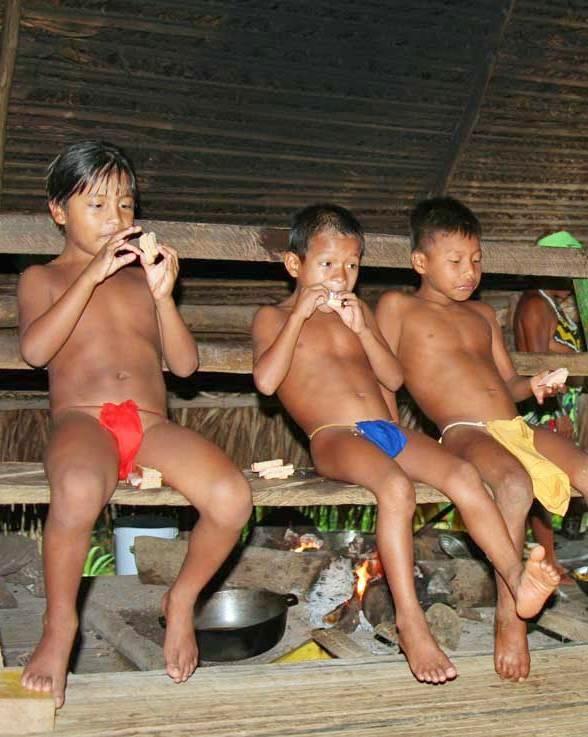
Figure 1.--Here Embera boys are wearing brightly colored loincloths. |

|
The Embera People live in the rugged, isolated Darien Gap of southern Panama and northern Colombia (Choco Department). Ironically, Darién was one of the first areas on the South American mainland that Europeans attempted to settle. Europeans first reached the area (1501). Christopher Columbus sighted the area on his fourth voyage (1503). The Spanish established the first European colony in South America in the Darién--Santa María la Antigua del Darién (1510). Santa Maria did mot prove a sccess, but some of the survibors founded Panama City (1519). Spanish acrivities moved to the north and south which is why the Embera and Waounan were able to survive in Darién. The idsolstion prorectedcthem both from Spanish slave raiding and other contact which prevented contracting European diseases to which theyhad no immunity. The Emberá lifestyle in their forested territiry is primitive. Readers should not take this as proof the pre-conquest Emberá were primitive. Some Native American people apparently reverted to a priitive life style as a defense strategy to evade Spanish slave raiders. The Emberá live a subsistence-style life, hunting in the rain forest and low-lecel agriculture. The Panamanian government has declared the Rio Chagres a national park, in pat to protect the Emberá. The area is today called the Darien Gap because road construction in the area is difficult and costly, which even leaves a gap in the Pan-American Highway. The area is largely undeveloped swampland and forest which as a result separaties Panama's Darién Province and Colombia Choco Department.
The Colombian side is dominated by the Atrato River Delta creating a flat marshland. The Panamanian side is different, a mountainous rain forest with peaks up to 1,845 m--Cerro Tacarcuna. This is the same area as the Waounan as well as few Cuna communities and growing numbers of latino (Panamanian) homesteaders attempting to estanlish farms and ranches, The remote, rugged Darién is why the Embera unlike mot Central American tribes have survived into the modern era. They are tofay under increasing pressure to maintain their culture and way of life. The Embera Prople are commonly bilingual in Embera and Spanish and quite a few have intermarried with Colombian blacks.
Navigate the Historic Boys' Clothing Web Site:
[Return to the Main Native American Central American page ]
[Return to the Main Native American Caribbean-Central American page ]
[Return to the Main Native American page ]
[Return to the Main Native Caribbean history page ]
[Introduction]
[Activities]
[Biographies]
[Chronology]
[Clothing styles]
[Countries]
[Bibliographies]
[Contributions]
[Essays]
[FAQs]
[Glossaries]
[Images]
[Links]
[Registration]
[Tools]
[Boys' Clothing Home]
